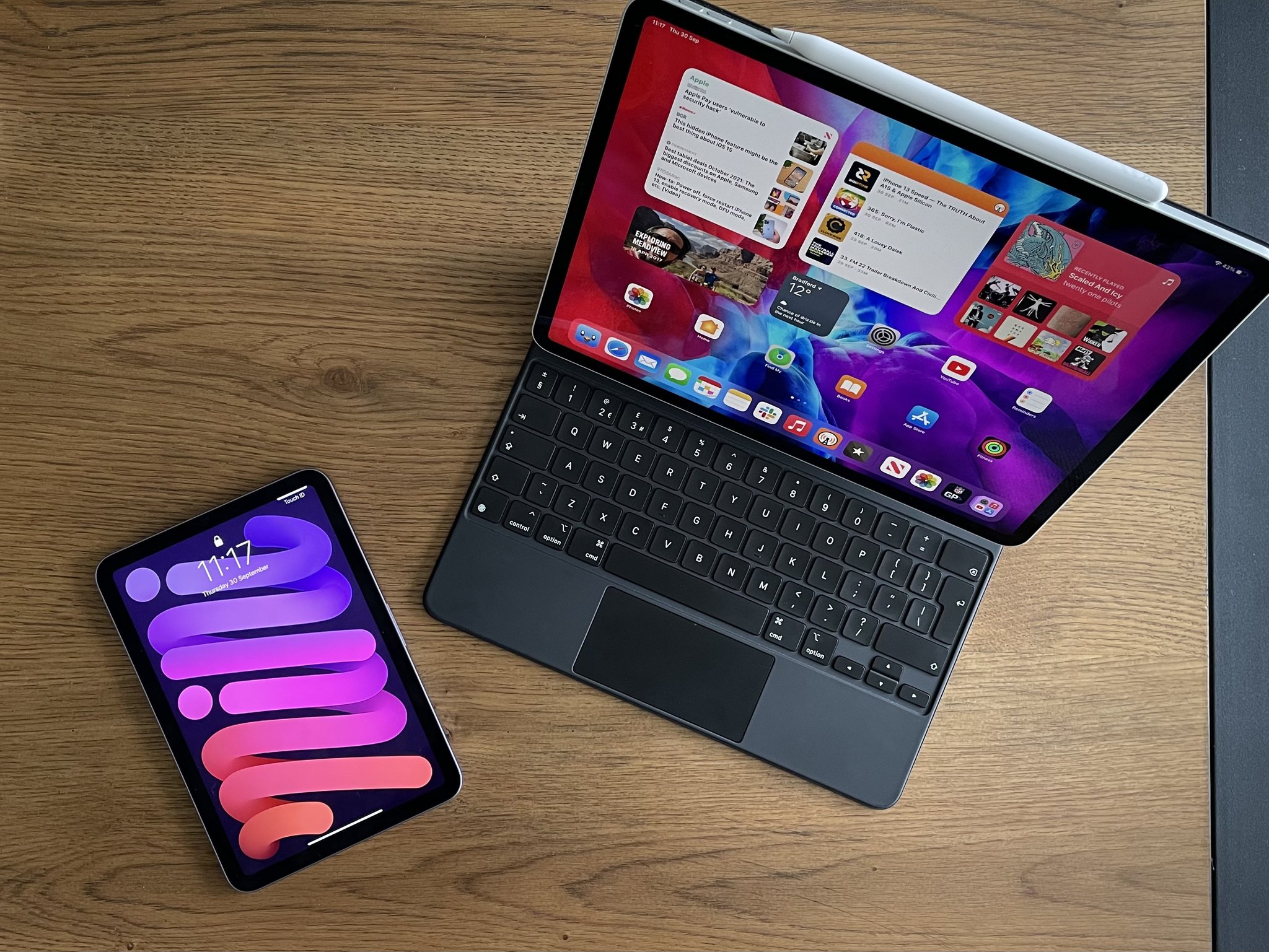
Out of all of Apple's product lines, it's arguable that the iPad has seen the most significant development in 2021. Unlike the iPhone, Apple has various iPad lines to maintain and this year the company has shown that it is capable of pushing the envelope on multiple fronts simultaneously.
For the iPad, 2021 was a breakthrough year, particularly at the high end of the lineup where devices have become more powerful than ever. As we head into 2022, let's take a look back at how the iPad has changed over the last 12 months.
Even more Pro
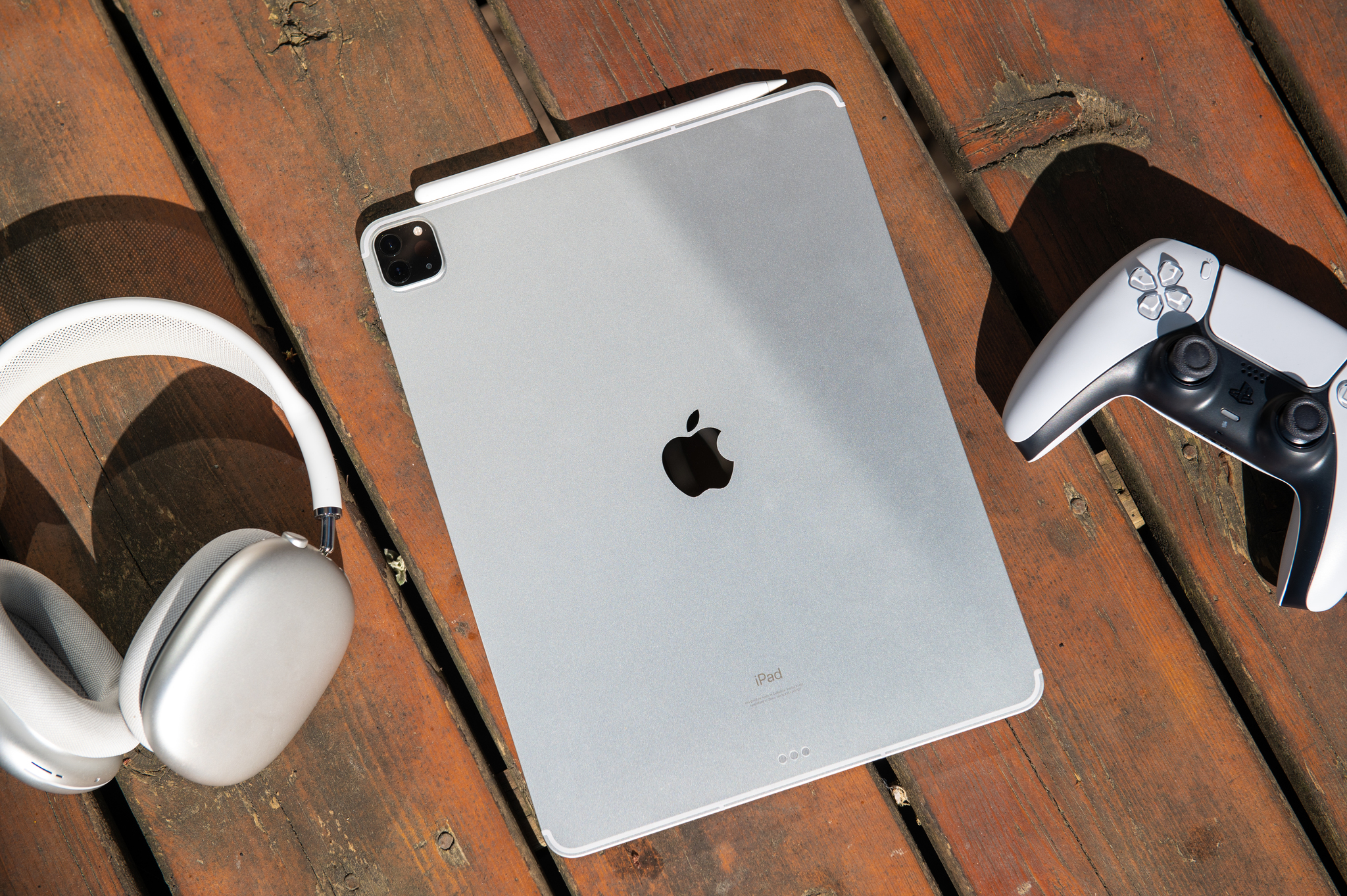
The first new iPad out of the gate in 2021 was the M1 iPad Pro. Released in the spring, it arrived just a year after the 2020 iPad Pro. Despite landing so soon after its predecessor, the new model has proven to be more of a revolution than an evolution.
M1 is a performance powerhouse.
While the physical design remained much the same, as the 2020 model did from the 2018 iPad Pro, the 2021 iPad Pro was transformed on the inside with Apple's M1 chip.
M1, designed by Apple for its Mac lineup, made its first (and only) appearance in Apple's mobile devices with the 2021 iPad Pro. It immediately proved to be a powerhouse in terms of CPU and GPU performance, benchmarking similarly to Apple's M1 MacBook Pro and absolutely flying through tasks in our review, leaving so much headroom for future-proofing. We'll see whether the iPad Pro is updated next year with M1 Pro or M1 Max chips, though it certainly seems powerful enough that the internals could go unchanged for years at this point.
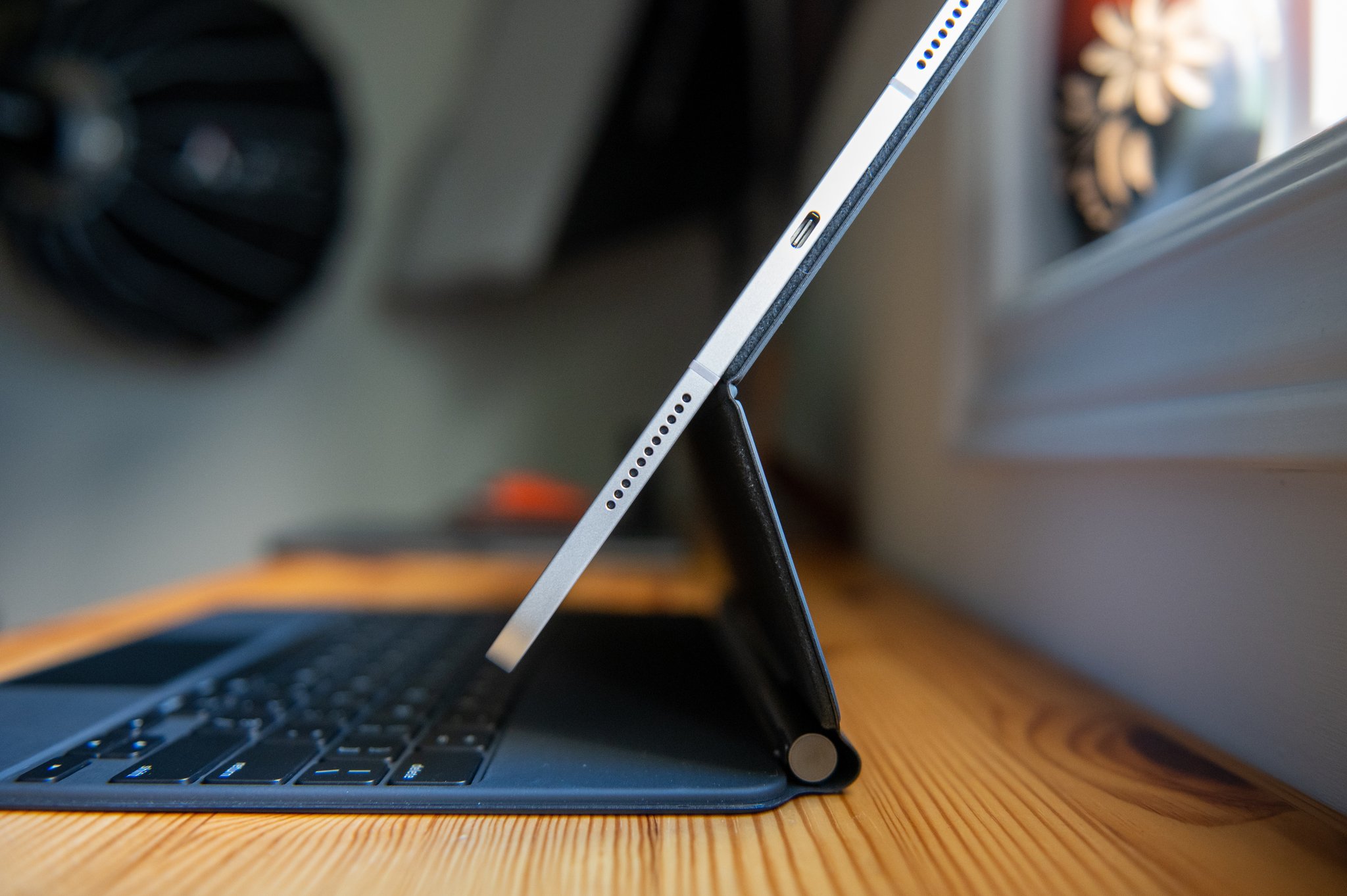
The other area the iPad Pro really excelled in in 2021 was the display. The 12.9-inch model was the first to adopt mini-LED technology for its Liquid Retina XDR display, followed later in the year by the 2021 MacBook Pro models. Mini-LED allows for OLED-like blacks, improved color accuracy, and 1,000 nits max full-screen brightness, making it superb for watching HDR content on. Sadly, the 11-inch model was left behind in the display department. Hopefully Apple will be able to bring that technology to the smaller screen soon.
Other notable improvements include 5G support and the addition of Center Stage along with its all-new 12MP FaceTime camera. With the amount of video calls we've all had to do over the last couple of years, that's a huge new feature.
Master your iPhone in minutes
iMore offers spot-on advice and guidance from our team of experts, with decades of Apple device experience to lean on. Learn more with iMore!
Mini size, big performance
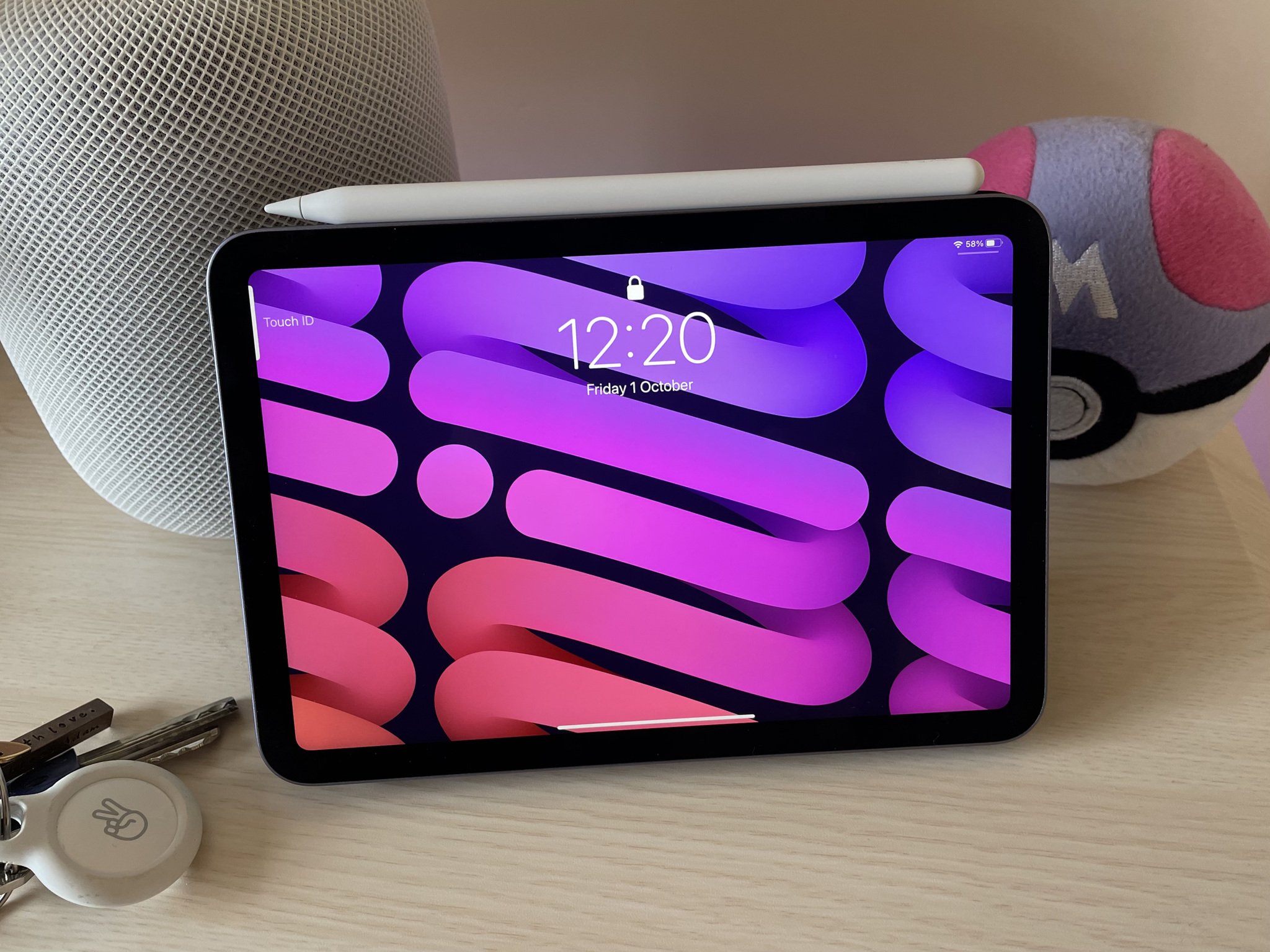
Oh boy, did the iPad mini get an update in 2021. In fact, it got its biggest update ever. The iPad mini 6 brought with it a modern, edge-to-edge redesign à la iPad Air 4, as well as some stonking internal hardware improvements that will see it keep up the pace for years to come.
Before this year, the iPad mini looked basically the same as the first-gen model that hit the market in 2012 with internal specs getting bumped with each iteration up to and including the iPad mini 5.
That pattern of incremental upgrades ended with the iPad mini 6. It benefitted from a design overhaul, larger display, huge processor boost, USB-C support, and much more.
At 8.3 inches, the display feels much more expansive without the overall form factor getting any bigger and the resolution is the sharpest of any iPad to date, including the iPad Pro. There's also support for Apple Pencil 2 for sketching or handwriting on the new display.
The pattern of incremental iPad mini updates is over.
The A15 Bionic that powers it packs a six-core CPU, five-core GPU, and 16-core Neural Engine onto a single die. According to Apple, it delivers a 40% jump in performance and 60% graphics boost over the previous-gen iPad mini.
The cameras got a significant bump, especially the FaceTime camera which also benefits from Center Stage that debuted in the Pro line. With USB-C, you can connect to a whole host of USB-C accessories and enjoy data transfer speeds of up to 5Gbps making it a terrific portable all-rounder.
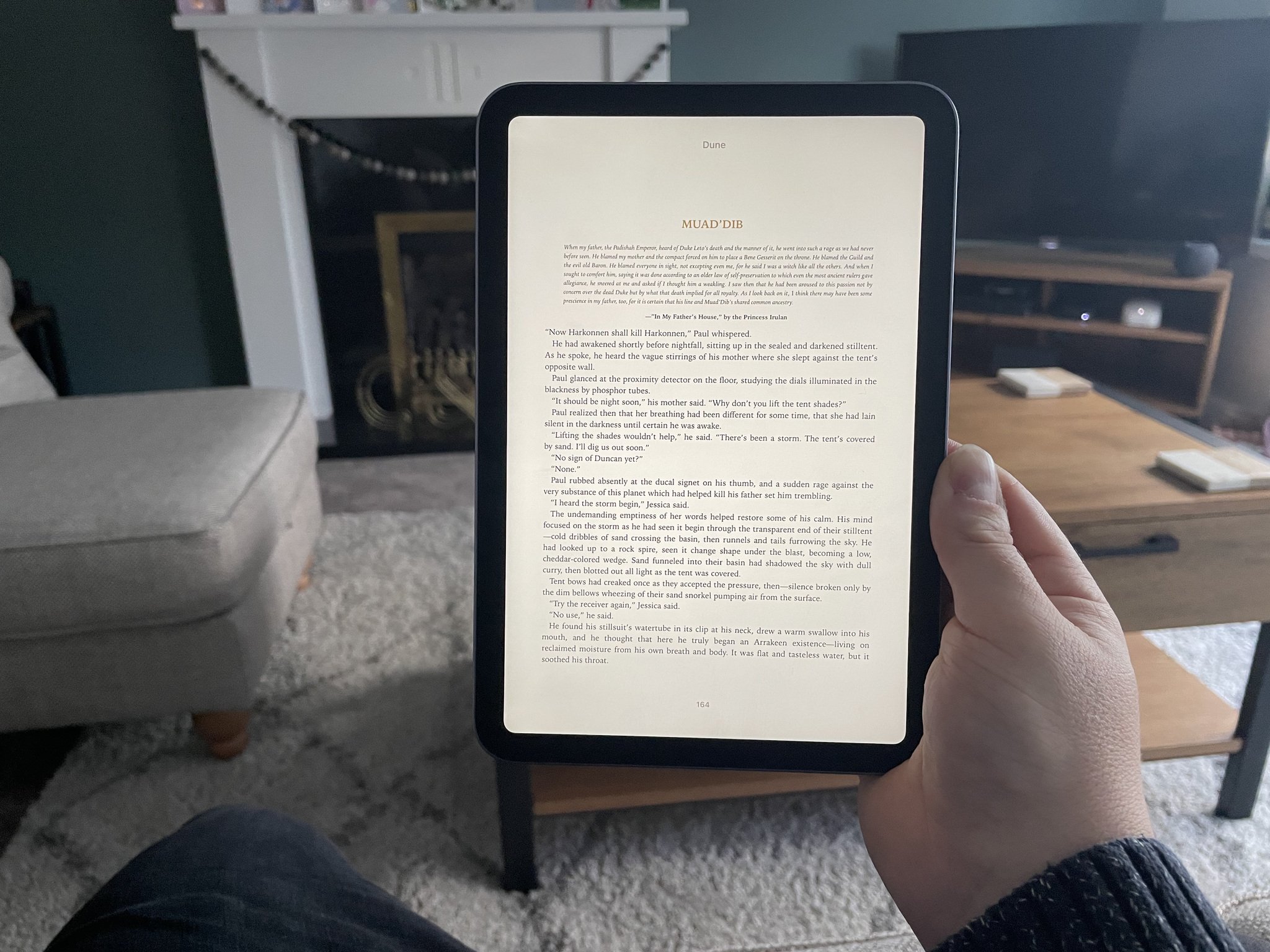
Where the fifth-gen served to bring the iPad mini up to modern standards in 2019, the iPad mini 6's job is to ensure the diminutive tablet stays relevant into the future far beyond 2021. Not only does it look like a current Apple tablet but its specs are on par with Apple's latest iPhone 13 models in many respects, and exceeds it in some areas. If the mini is to go without an update for another couple of years (or longer), this device will still serve you well in the years to come.
Here at iMore, we've postulated whether the iPad mini 6 is now the perfect gaming device or if it is the device best suited to reading digital books since it's so lightweight and easy to hold for hours straight. The truth is, it can do basically anything a larger iPad can do but in a mini form factor, making it the best portable iPad ever.
An iPad for everyone
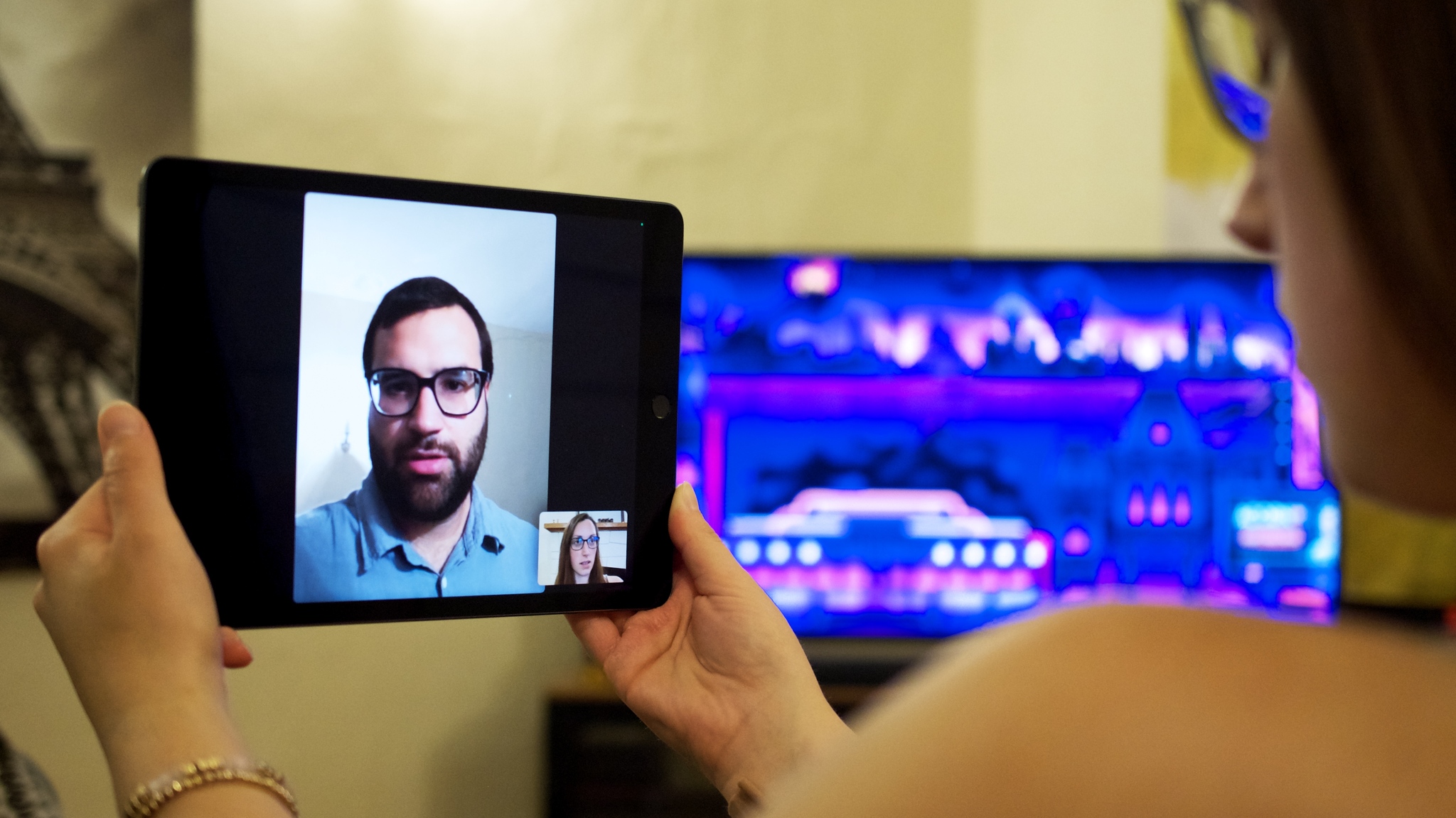
Though Apple really leaned into its more niche iPad offerings this year with a supercharged iPad Pro and an over-powered iPad mini, it hasn't forgotten about the mainstream appeal of the iPad. Most of Apple's iPads sold are of the entry-level variety so it certainly knows where its bread is buttered.
Not to be left behind, Apple bumped the for-everyone tablet with the 9th-gen iPad. While it won't be a device that excites enthusiasts, it is a worthy upgrade for anyone with an older model and has a few features worth shouting about.
First is Center Stage. Though it only just hit the market in 2021 with the iPad Pro, Apple has clearly been keen on expanding the feature across the iPad lineup, including its base model. Since video calling is a popular use case for iPad buyers, having a much more intuitive and enjoyable experience is a huge selling point.
While iPad 9 won't excite enthusiasts, it is a worthy upgrade with a few features worth shouting about.
Other notable upgrades include double the storage, up to 64GB and 256GB, meaning those wanting to spend as little as possible can still have a good experience and not have to deal with the headache of storage management. True Tone finally makes its way to the 10.2-inch iPad in 2021, too. It's a great feature that has inexplicably been missing from the cheapest iPad for years and it improves the overall experience here.
Better yet, the price has remained the same! Apple has managed to keep the price at $329 while adding in new features, making it all the more appealing.
Though it might not suit power users or those wanting a super portable option, Apple updating its entry-level 10.2-inch iPad is a good sign for the iPad on the whole. This is the iPad that most people walk out of the store with when they go in looking for a tablet, so Apple needs to keep it up to date. That fact that some features like Center Stage and True Tone are trickling down to the affordable model shows that Apple still takes this device seriously.
iPadOS 15 polishes some rough edges, little else
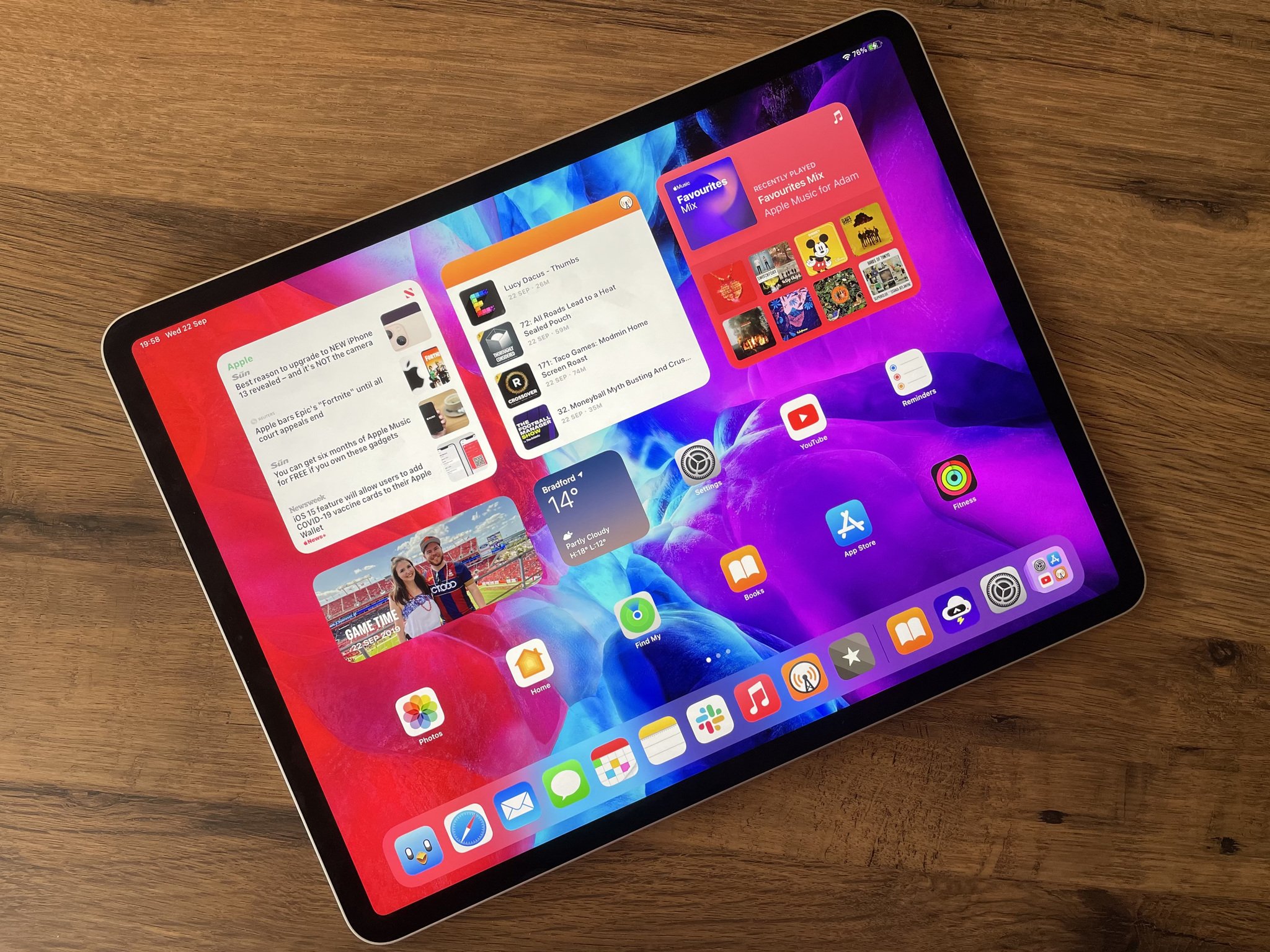
The best iPad is only as good as the software running on it which is what makes the development of iPadOS so important. With iPadOS 15, Apple hasn't reinvented the wheel but it has improved foundational experiences.
That includes aspects like widgets and the App Library which finally make their way, in full, from iOS. You can now place widgets anywhere you like on your Home screen and you can call up the App Library with a swipe.
Apple spent time improving Multitasking, making it both easier to discover and to use which is a boon for novices and power users alike. Focus, shared with iOS, is also great for productivity or relaxation use cases; while apps like Safari got some much needed attention and keyboard shortcuts were elevated to a new level of importance this year for pros.
Apple hasn't reinvented the wheel with iPadOS 15 but it has improved foundational experiences.
That's not to say iPadOS 15 is completely devoid of genuinely new features, though. Quick Note was launched exclusively with iPadOS before making the jump to Mac with macOS Monterey later in the year. SharePlay eventually launched and Universal Control looks set to be a powerful addition when it finally turns up.
Importantly, Apple hasn't left a single device behind with iPadOS 15 since the OS supports every iPad that iPadOS 14 did. If next fall's iPadOS 16 is to be a more substantial release with a plethora of new features and a rethinking of exactly what an iPad is for (which feels overdue at this point), we may see some older iPads dropped from the supported devices list.
On to 2022
Apple was clearly firing on all cylinders when it came to the iPad in 2021. Well, maybe all but one. The iPad Air did not receive an update this year suggesting that it will be a candidate for a 2022 refresh. The 2020 model is still great, but the fact it lags behind the iPad mini 6 in some regards will no doubt irk those inside Apple. Perhaps the Air and the mini share a tick-tock update cycle from here on out with alternating annual upgrades.
The 9th-gen iPad is the only model rocking the now old-school design language, so it is due a visual overhaul next time it is updated. It's hard to picture how Apple will improve on its iPad Pro line or the benefit of equipping yet faster chips without iPadOS seeing some significant changes next year. Hopefully WWDC 2021 will give us our first indication of what Apple envisages as the future of the iPad.
Adam Oram is a Senior Writer at iMore. He studied Media at Newcastle University and has been writing about technology since 2013. He previously worked as an Apple Genius and as a Deals Editor at Thrifter. His spare time is spent watching football (both kinds), playing Pokémon games, and eating vegan food. Follow him on Twitter at @adamoram.

